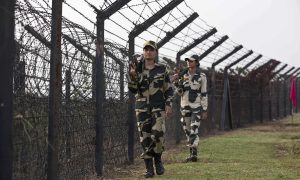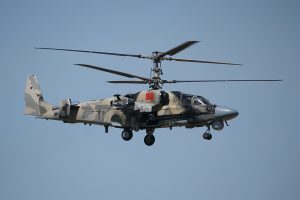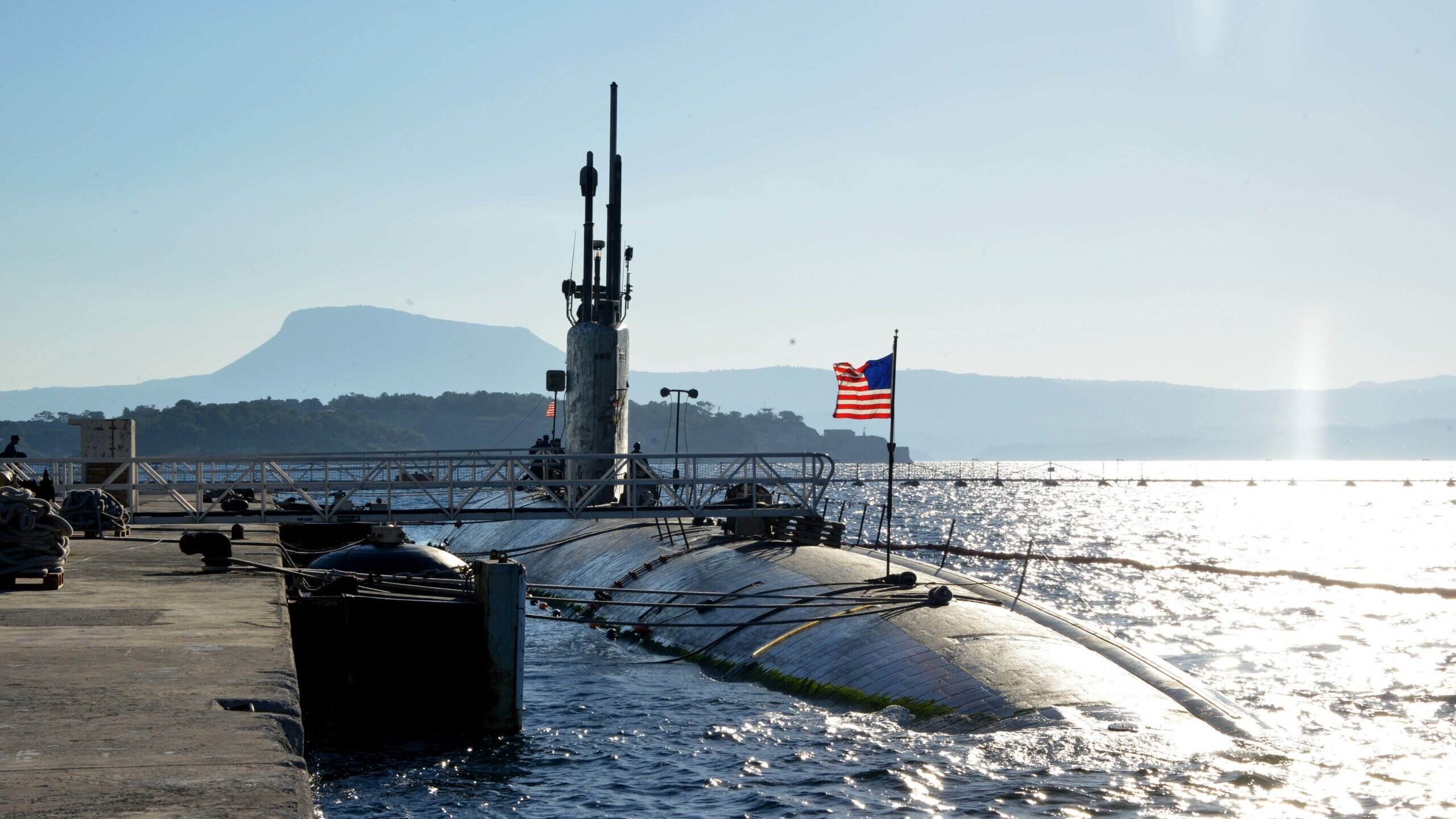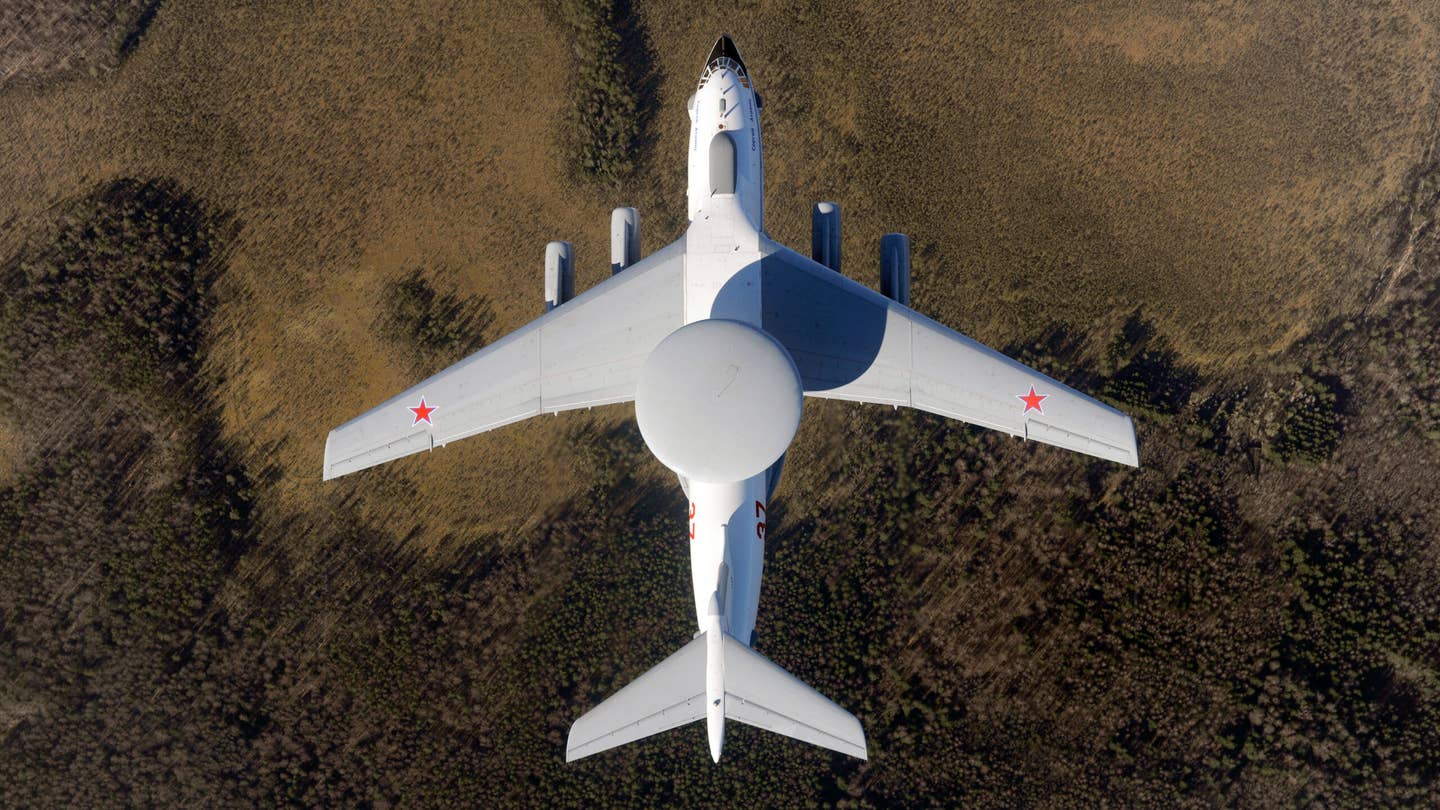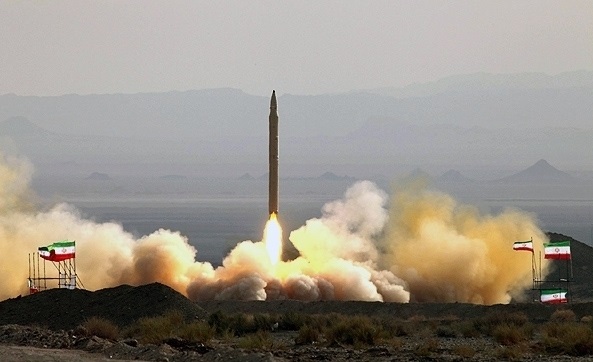DAN RAVIV
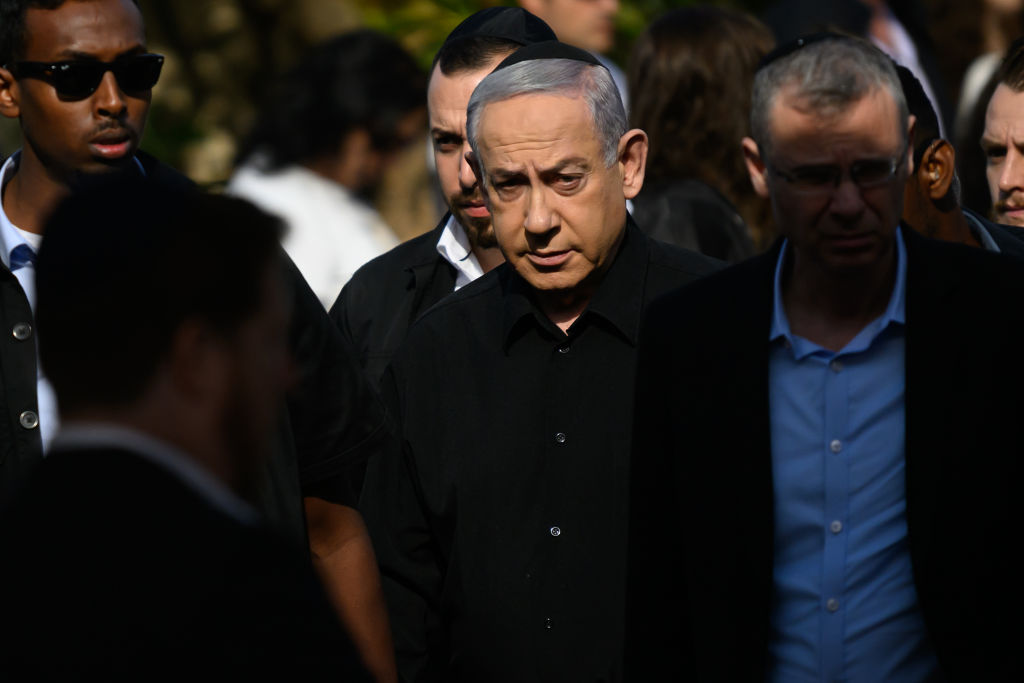
The war between Israel and Hamas is approaching a key moment of decision. Will the powerful Israel Defense Forces (IDF) smash their way into calamitously crowded Rafah? After destroying many thousands of homes elsewhere in the strip, Rafah would be the IDF’s final target. That’s where Hamas leaders are believed to be hiding in their vast network of tunnels, probably with more than 130 hostages kidnapped from Israel on October 7 as part of a terrorist attack that killed around 1,200 people.
Or perhaps Hamas will end this war by freeing all the hostages? That could be part of a deal in which the Islamic radical group’s leaders would be allowed to leave for exile, probably in some Arab country—which is what the PLO’s Yasser Arafat chose to do, departing Lebanon after the IDF invaded that country in 1982.
President Joe Biden has pointedly told Israel that Rafah—where the usual population of 400,000 Palestinians has swelled by an additional million who fled there to escape Israeli bombings and fighting—should not be the next battleground, unless Israel can carry out a detailed plan to evacuate the civilians.
The result, so far, is a game of chicken. Who will blink first?
Israel’s Prime Minister Benjamin Netanyahu—but also retired General Benny Gantz, his political rival who joined an emergency war cabinet after October 7—have declared that the IDF has to go into Rafah: to finish the job of destroying Hamas’s governing power, to kill or capture the group’s leaders, and to rescue as many hostages as possible. Gantz even suggested a deadline of March 10.
Yet so far, the refugees in their tents have not been leaving: not going back to damaged or destroyed homes, and certainly not being allowed by neighboring Egypt to cross the border into the Sinai peninsula. Those displaced Palestinians understandably tell aid workers and reporters that there is no place safe in the Gaza strip. Many say they are entrusting their fate to God.



